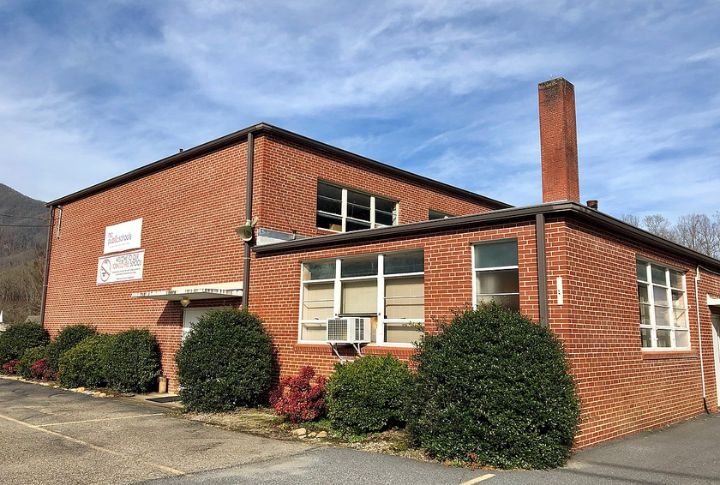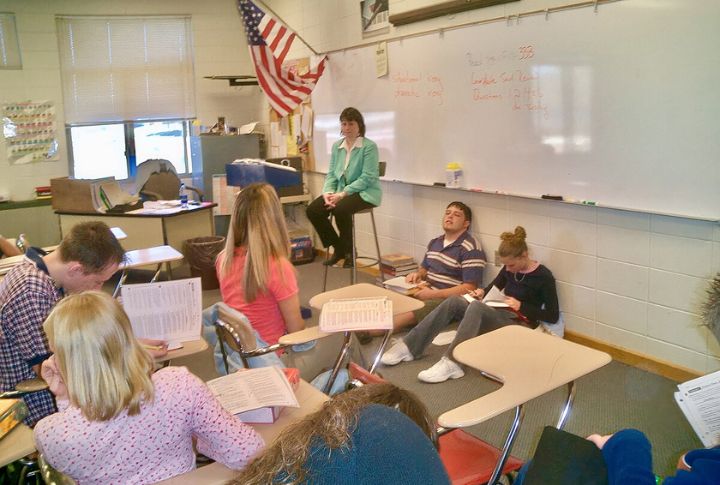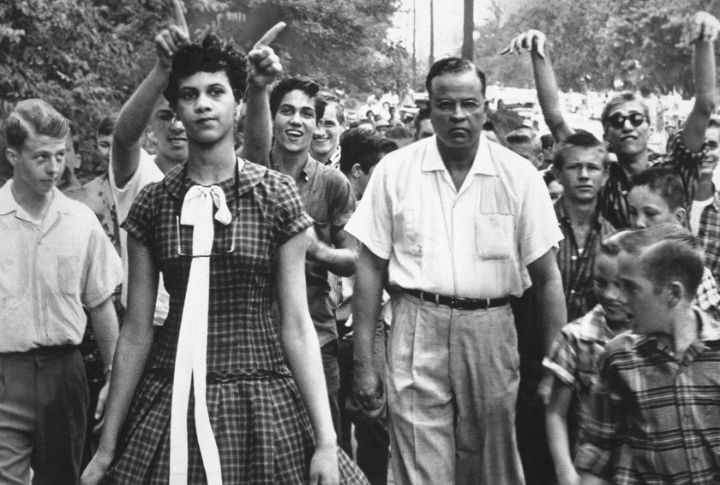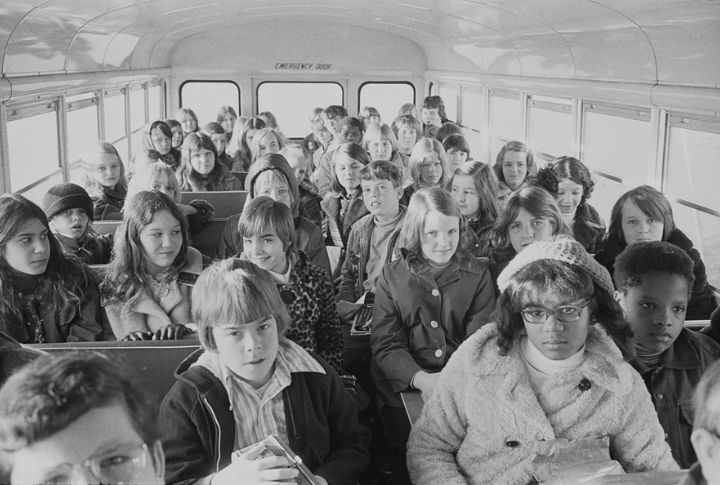
In 1956, North Carolina adopted the Pearsall Plan to resist federal desegregation quietly. Instead of banning integration outright, the state handed decisions to local boards and offered “school choice” policies that maintained the status quo. This approach reshaped classrooms slowly yet deeply, leaving behind a legacy still felt in public education today.
Easing Into Change

North Carolina handed school integration decisions to local districts. This delayed progress shaped education across the state. Policies worked behind the scenes to reinforce existing systems. They ensured changes happened slowly and maintained control over how and when schools evolved.
Money For Private Schools

Parents could receive state funding to transfer their children to private schools. On paper, it gave families choices. In reality, it helped white families avoid sending their kids to integrated schools. This quiet option allowed segregation to continue without making headlines, while the system appeared neutral, but it did the opposite.
No Real Push

The Pearsall Plan came with no hard deadlines. If communities didn’t want to mix their schools, they didn’t have to, at least not yet. That kind of flexibility meant many chose not to act. Old patterns persisted, and change became something people discussed but rarely followed through on.
Power Stayed Concentrated

The people shaping the Pearsall Plan were mainly white men. Black parents and educators were rarely at the table, so their concerns were often overlooked entirely. The plan was more about keeping peace for some than bringing fairness for all. Eventually, the voices that needed to be heard were ignored.
Slowed Curriculum Reform

Efforts to update classroom content lagged as leaders favored stability over progress. Outdated materials persisted, and without substantial reform, students navigated lessons that lacked insights into their backgrounds. The struggles faced by different communities and the historical forces that shaped society were not taught, thereby limiting their understanding of the world.
Blocking With Paperwork

Instead of open denial, school boards used a “lack of paperwork” to turn down Black families trying to transfer into white schools. Rather than protests or signs, families received carefully worded rejection letters. It was a quiet discrimination that appeared official on the outside but maintained segregation on the inside.
Charlotte’s Delayed Progress

The Pearsall Plan allowed local districts to delay desegregation. In Charlotte, for instance, early efforts such as Dorothy Counts’s enrollment failed. The real change came after the 1971 Swann v. Charlotte-Mecklenburg decision, when the Supreme Court approved transportation plans for integration. The ruling revealed how local control upheld segregation.
Marginalized Black Leadership Voices

Local boards often ignored the voices of Black leaders who demanded meaningful access and timely decisions. These leaders also faced silence from systems built to slow progress. As a result, educational improvements stalled in many communities, and the impact of dedicated, community-driven leadership was weakened.
Disruption Without Support

As schools began to integrate on paper, many Black students entered unfamiliar environments without adequate resources or emotional support. Guidance counselors, mentorship programs, and cultural representation were also missing. While buildings changed, the systems inside them did not adapt, leaving many students to navigate new spaces without the tools to succeed.
Influenced Teacher Placement And Hiring

School boards used their authority to manage where teachers worked, sometimes even keeping Black educators out of previously white schools. This practice extended professional segregation beyond court rulings and reduced chances for inclusive staffing. Long after legal mandates shifted, these patterns continued to shape who entered classrooms and who remained locked out of leadership roles.

